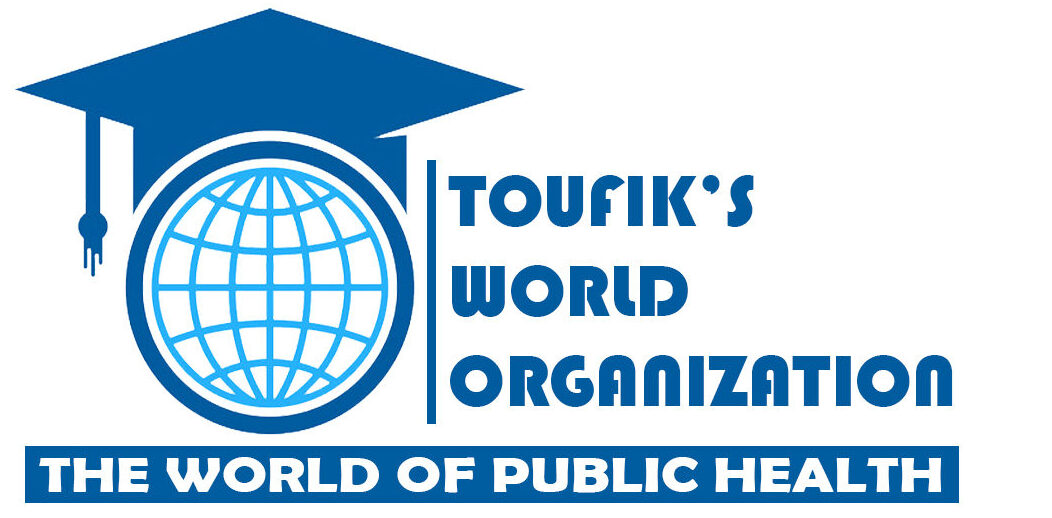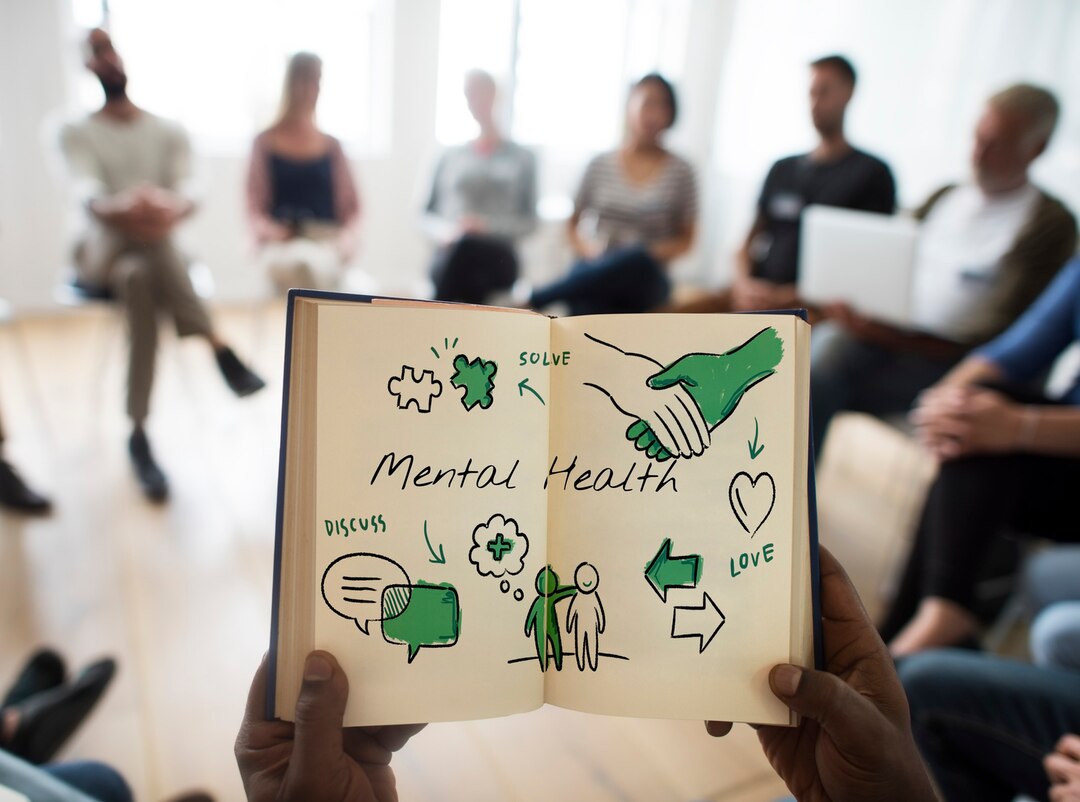Credit: Freepik.com
This article was written for Toufik’s Guide Magazine by Dr. Lukman Lawal and Dr. Luluwa Zarzar. Statements or opinions expressed in this content strictly reflect the views of the authors and not that of Magazine’s.
Introduction
On February 6, 2023, a 7.7 magnitude earthquake struck Syria and Turkey, causing widespread devastation and resulting in the worst natural disaster the region has experienced in the past century. The death toll in both countries has topped 51,000 as of March 1 and is expected to increase (1). In northwest Syria, an area beyond the Syrian regime’s authority where over 4.5 million people reside, over 4,500 people have lost their lives, and 65% of the population is internally displaced (2,3). In addition, 1,414 people died in areas under the authority of the dictatorship as a result of the earthquake.
The earthquake has added to the already terrible suffering of the Syrian people, who have suffered through more than 12 years of conflict that has resulted in over 874,000 casualties and the forced emigration of more than half of the 22 million population that existed prior to the conflict, both domestically and internationally (4). Fifty-five medical facilities have suffered partial or total damage, significantly straining the area that has already overburdened healthcare infrastructure. The earthquake also devastated drug storage facilities, worsening the precarious medical condition.
The catastrophe has brought to light the urgent requirement for a coordinated and efficient humanitarian response to address the immediate needs of the affected communities, including shelter, medical attention, food, and water. In order to create resilient infrastructure and healthcare systems that can endure future calamities, it also emphasizes the significance of long-term sustainable planning. The earthquake has highlighted the difficulties of conducting research in conflict-ridden areas like Syria and underlined the necessity for creative methods in such contexts.
Impact of the earthquake on the mental health of Syrians
Natural disaster victims will exhibit either a normal or abnormal psychological response depending on the magnitude of the traumatic events they experienced and witnessed, the loss of loved ones and property, and their baseline mental wellness. They are also more prone to developing psychological and psychiatric disorders. This response is divided into five stages: warning, impact, inventory, short-term recovery, and long-term recovery. Earthquake response begins with the impact stage, leading to severe reactions (5).
In this context, Syrians are more likely to experience shock, denial, anger, fear, insomnia, and nightmares in the early stages. These may progress to avoidance behavior in response to trauma-related stimuli, such as avoidance of reliving the event, avoidance of smells and sounds, avoidance of people who remind them of the event, and avoidance of going to the site of the trauma. Negative changes in cognition and mood may also occur, as well as trauma-related changes in arousal and reactivity. Children who are exposed to natural disasters are not immune to the risk of developing mental health problems, and they may be more negatively impacted by the trauma. They are predisposed to a variety of negative behaviors, including irritability, restlessness, agitation, aggression, and insomnia, as well as phobia and loss of previously developed developmental milestones in severe cases. Some of these conditions may resolve spontaneously or with appropriate and timely interventions. Otherwise, they may be prolonged and worsen into severe mental disorders such as post-traumatic stress disorder, depression, anxiety disorders, phobias, psychosis, and sleeping disorders (5,6).
According to the World Health Organization (WHO), an estimated 20% of any given population is at increased risk of developing mental health problems following a disaster. Approximately 15% of the population suffers from post-traumatic stress disorder (PTSD) (6). In the context of Syria, these statistics are expected to be far worse, given that prior to the earthquake, approximately 60% of the Syrian population was suffering from symptoms consistent with moderate to severe mental disorder, 83.4% with depressive disorder, and 69.6% with anxiety disorder. This is a result of Syria’s 12-year civil war and a decade of Western-imposed sanctions, which have exposed civilians to serious human rights violations such as killing, maiming, sexual assault, torture, and displacement, in a country where 89% of the population lives in extreme poverty, predisposing Syrians to an even greater risk of developing long-term mental health challenges (7,8). This is exacerbated by the severe destruction of healthcare facilities and the ongoing decline in mental healthcare personnel (1 per 100 000 population) (9) which have crippled mental health services in the country, making it difficult for people suffering from or at risk of suffering from mental illness to seek appropriate care. Furthermore, a completely man-made disaster is unfolding in the background of the earthquakes, complicating physical and mental health, as early humanitarian relief was unable to reach the most affected opposition-held areas due to government sanctions and other related reasons.
If these critical issues are not addressed, the long-term consequences include a dysfunctional society, increased substance abuse, violations of human rights, women and child abuse, and terrorism. Therefore, there is an urgent need for a concerted and coordinated response to this challenge at all levels, from local to regional to global.
Recommendations
After a natural disaster, not only the material needs and physical suffering that need urgent attention, but the emotional pain and psychological distress must also be addressed. Psychological wounds don’t always appear right away and as the situation in Syria becomes more dire, the need for organized sustainable psychological aid surges.
The first step should be to implement a nationwide psychological aid program aimed at providing mental health care to immediately affected individuals. This should be done by establishing a multidisciplinary team including medical practitioners, paramedics, NGOs, volunteers, and community leaders. This team should be led by a coordinating body of mental health care specialists who will also be responsible for training of other team members on psycho-education as well as guiding and monitoring the progress of interventions in the community.
The victims who experienced normal psychological responses should be sympathized with and helped to process the event, express their grief, and vent their emotions. While victims are trying to recount their experience, they should be helped but not forced to relive the experience or dig into their emotions. They should also be informed of the possible outcomes while reassuring them through psycho-education. It is equally important to establish support with their social network (family, neighbors). The competence of community and religious leaders should be built to lead their communities’ mental health services and mental health referral networks. Syrians suffering from acute disorders like shock, psychosis, etc., could be promptly identified and referred to specialists to deliver direct care through psychological and psychiatric interventions.
Effective coordination among many international partners is required to ensure that help is reached to all affected communities, including those that are opposition-held. Moreover, efficient allocation of resources should be done to ensure the sustainability of the provided services. This could be done by establishing a Stepped-Care model as proposed by WHO. Stepped care involves a hierarchy of interventions aimed at delivering and monitoring mental health care so that the most effective treatment, yet the least resource-intensive treatment, is delivered first, starting with mental health care workers with no formal mental health education that can visit shelter centers for primary evaluation, those who do not show a decrease in of symptoms of psychological distress can be offered to specialized treatment delivered by mental health care professionals in facilities (10).
Conclusion
It goes without saying that the situation in Syria is indeed dire and requires coordination between many international parties and local authorities. How we respond to this disaster and how we deal with the mental health of those who survived this disaster is of utmost importance to ensure long-term recovery and well-being.
About the Authors
Dr. Lukman Lawal is a medical doctor with over 3 years of clinical practice and public health research experience. Currently working at the Centre for Malaria and Other Tropical Diseases in Nigeria, where my research is focused on clinical trials investigating the safety and efficacy of Triple Artemisinin Combination Therapy.
Dr. Luluwa Zarzar is an aspiring and dedicated young researcher who’s also a freshly graduate dentist. She started her research journey during her 3rd year at dental school by collaborating with postgraduate researchers at her faculty ever since she’s worked on international projects to further involve young research in academia and is aspiring to make academic research more accessible for the public
References
SARD Flash Report 12: Earthquake in NW Syria (08 March 2023) – Syrian Arab Republic | ReliefWeb. Published March 8, 2023. Accessed March 16, 2023. https://reliefweb.int/report/syrian-arab-republic/sard-flash-report-12-earthquake-nw-syria-08-march-2023
2. Syria Earthquake Situation Update – ACU. Accessed March 16, 2023. https://acu-sy.org/periodic_imu_reports/syria-earthquake-situation-update/
3. Earthquakes: North-west Syria Situation Report No. 1 (As of 7 March 2023) – Syrian Arab Republic | ReliefWeb. Published March 8, 2023. Accessed March 16, 2023. https://reliefweb.int/report/syrian-arab-republic/earthquakes-north-west-syria-situation-report-no-1-7-march-2023
4. Alkhalil M, Alaref M, Mkhallalati H, Alzoubi Z, Ekzayez A. An analysis of humanitarian and health aid alignment over a decade (2011–2019) of the Syrian conflict. Confl Health. 2022;16(1):57. doi:10.1186/s13031-022-00495-5
5. After the earthquake is a psychological disaster | MSF. Médecins Sans Frontières (MSF) International. Accessed March 16, 2023. https://www.msf.org/after-earthquake-psychological-disaster
6. Pistoia F, Conson M, Carolei A, et al. Post-earthquake Distress and Development of Emotional Expertise in Young Adults. Front Behav Neurosci. 2018;12:91. doi:10.3389/fnbeh.2018.00091
7. Mohsen F, Bakkar B, Melhem S, et al. Psychological health problems among Syrians during war and the COVID-19 pandemic: national survey. BJPsych Int. 2021;18(3):E8. doi:10.1192/bji.2021.16
8. Kakaje A, Al Zohbi R, Hosam Aldeen O, Makki L, Alyousbashi A, Alhaffar MBA. Mental disorder and PTSD in Syria during wartime: a nationwide crisis. BMC Psychiatry. 2021;21(1):2. doi:10.1186/s12888-020-03002-3
9. Lancet T. Responding to the Türkiye–Syria earthquake: what will it take? The Lancet. 2023;401(10376):525. doi:10.1016/S0140-6736(23)00319-7
10. World Health Organization, UNHCR. Assessing Mental Health and Psychosocial Needs and Resources: Toolkit for Humanitarian Settings. World health Organization; 2012. Accessed March 16, 2023. https://apps.who.int/iris/handle/10665/76796

